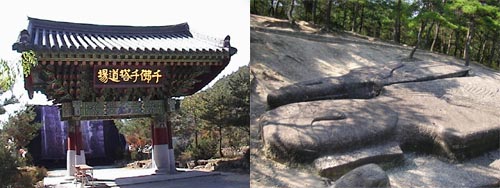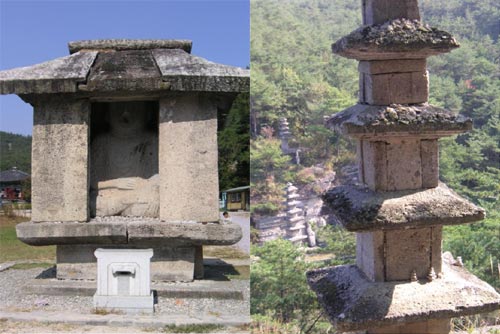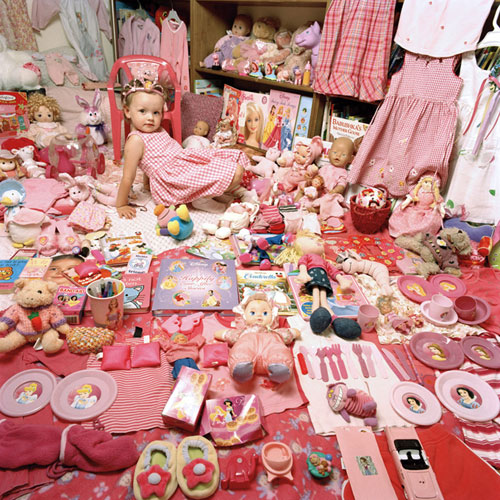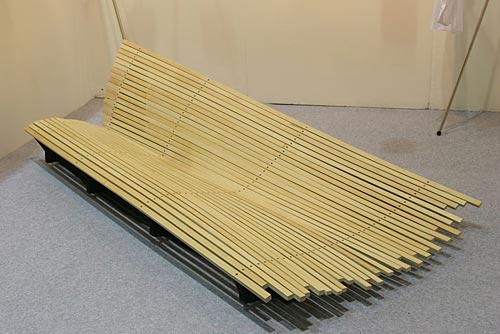
Unjusa Temple, lying buddhas 
buddha in stone house. pagodas crisscrossing the valley
Unjusa Temple is unlike other temples in that it has unusual Buddha statues and pagodas – it is often referred to as a mysterious temple. The founder of Unjusa Temple is not known but it is speculated that it was built during the Silla Period(BC 57~935).
Unjusa does not have a Geumgangmun or Cheonwangmun, which are very often seen in Buddhist temples. The first thing you see when you enter Unjusa is the 9-story stone pagoda (National Treasure no. 796). The tower, again, does not have intricate designs, and is very simple. If you walk a bit from the 9-story pagoda, you come across a forked road. Go left, and you will see Chilseong Rock. Because it resembles the 7 stars of the Big Dipper, some people argue that the rock is imitating the constellation.
Follow the same road further and you will see two Buddha statueS, called Wabul, where Buddha is reposed on the side, lying down. These statues are, among the ones in Unjusa Temple, the most intricate in design and execution. Go up a bit further, and you will see the Siwibul Statue standing. Pass Siwibul Statue through the thick groves, you will come to 7-story stone pagodas and 5-story stone pagodas. What makes the stone pagodas of Unjusa Temple interesting to examine is that they each have some unique designs.
officail homepage
Tour to Korea, more photo

Seowoo and her pink things, Color Photography, 76x76 (cm), 2005 edition 7

Emily and her pink things, Digital Archival Print, 76x76 (cm), 2005 edition 7
This project began with my daughter. My five-year-old daughter loves pink. She wants to wear only pink clothes and only own pink toys and objects. My daughter is not unusual. Most other little girls in the United States and South Korea love pink clothing, accessories and toys. This phenomenon seems widespread among various ethnic groups of children regardless of their cultural backgrounds. This preference is the result of cultural influences and the power of pervasive commercial advertisements such as those for Barbie and Hello Kitty. Through advertising, customers are directed to buy blue items for boys and pink for girls. Blue has become a symbol of strength and masculinity, while pink symbolizes sweetness and femininity.
To make The Pink and Blue Project series, I visited children’s rooms, where I displayed their possessions in an effort to show the viewer the extent to which children and their parents, knowingly or unknowing, are influenced by advertising and popular culture. - jeongmee yoon
JeongMee Yoon on artnet


Cobweb hanger, Corner hanger 710x710x1850, 710x710x1700
Blending chair - Chair and Bed 230x1300x580
2004 Milan Funiture Fair, 2005 Tokyo Design Week, 2007 Seoul Living Design Fair
ⓒ copyrights 2003-2018 Designersparty, all rights reserved. all material published remains the exclusive copyright of Designersparty.

|








